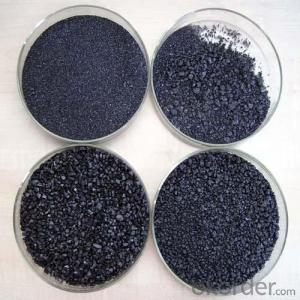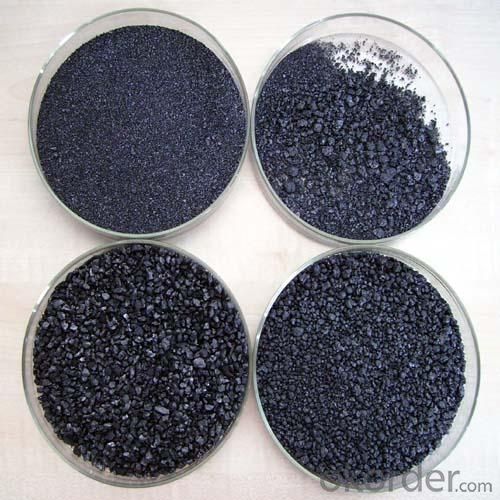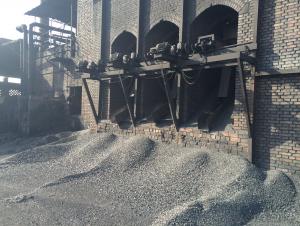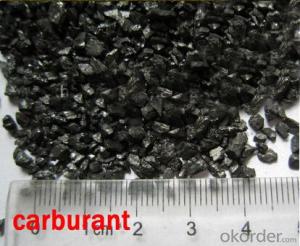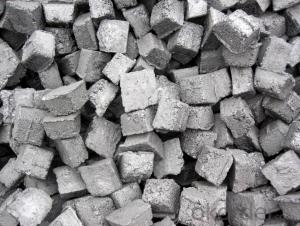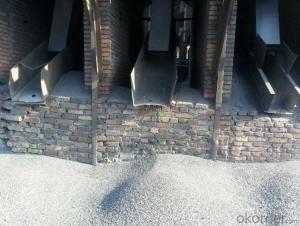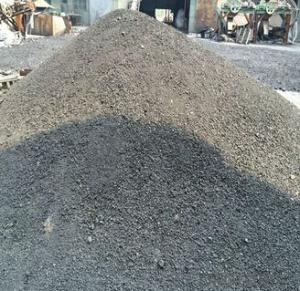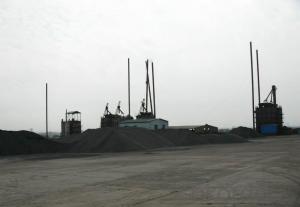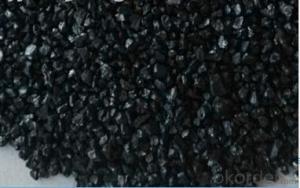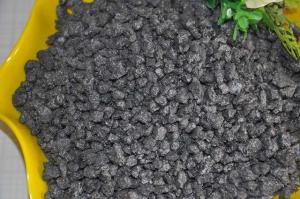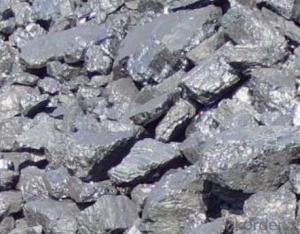Carbon Additive Coal High Heat Productivity
- Loading Port:
- Tianjin
- Payment Terms:
- TT or LC
- Min Order Qty:
- 20 m.t.
- Supply Capability:
- 10000 m.t./month
OKorder Service Pledge
OKorder Financial Service
You Might Also Like
Quick Details
Place of Origin: Ningxia, China (Mainland)
Application: steel making
Shape: granule
Dimensions: FC90-95%
Product Type: Carbon Additive
C Content (%): 90-95% MIN
Working Temperature: -
S Content (%): 0.5%MAX
N Content (%): -
H Content (%): 0.6%MAX
Ash Content (%): 8.5%MAX
Volatile: 2%MAX
ADVANTAGE: low ash & sulfur
COLOR: Black
RAW MATERIAL: TaiXi anthracite
Packaging & Delivery
| Packaging Details: | In 1MT plastic woven bag. |
|---|---|
| Delivery Detail: | 30-40DAYS |
Specifications Carbon Additive Coal High Heat Productivity Carbon Additve low Ash,S,P Structure Carbon Additive Coal High Heat Productivity Shape: granule Dimensions: FC90-95% Product Type: Carbon Additive C Content (%): 90-95% MIN Working Temperature: - S Content (%): 0.5%MAX N Content (%): - H Content (%): 0.6%MAX Ash Content (%): 8.5%MAX Volatile: 2%MAX ADVANTAGE: low ash & sulfur COLOR: Black RAW MATERIAL: TaiXi anthracite Feature Carbon Additive Coal High Heat Productivity Specifications (%): Grade F.C Ash V.M Moisture S Size CR-95 ≥95 <4 <1 <1 <0.3 0-30mm CR-94 ≥94 <4 <1 <1 <0.3 CR-93 ≥93 <6 <1 <1 <0.4 CR-92 ≥92 <7 <1 <1 <0.4 CR-91 ≥91 <8 <1 <1 <0.4 CR-90 ≥90 <8.5 <1.5 <2 <0.4 Image Carbon Additive Coal High Heat Productivity FAQ: Carbon Additive Coal High Heat Productivity Why we adopt carbon additive? Carbon Additives used as additive in steel making process. It made from well-selected Tai Xi anthracite which is low in content of ash, sulphur, phosphorus, high heat productivity, high chemically activation. Mainly industry property of it is: instead of traditional pertroleum coal of Carbon Additives, reduce the cost of steelmaking. Advantage: Carbon Additive Coal High Heat Productivity 1.High quality and competitive price. 2.Timely delivery. 3.If any item you like. Please contact us. Your sincere inquiries are typically answered within 24 hours.
FC>95% ASH<4% S<0.3%
It is made from TaiXi anthracite.
instead of pertrol coke reduce the cost
As buyer's request.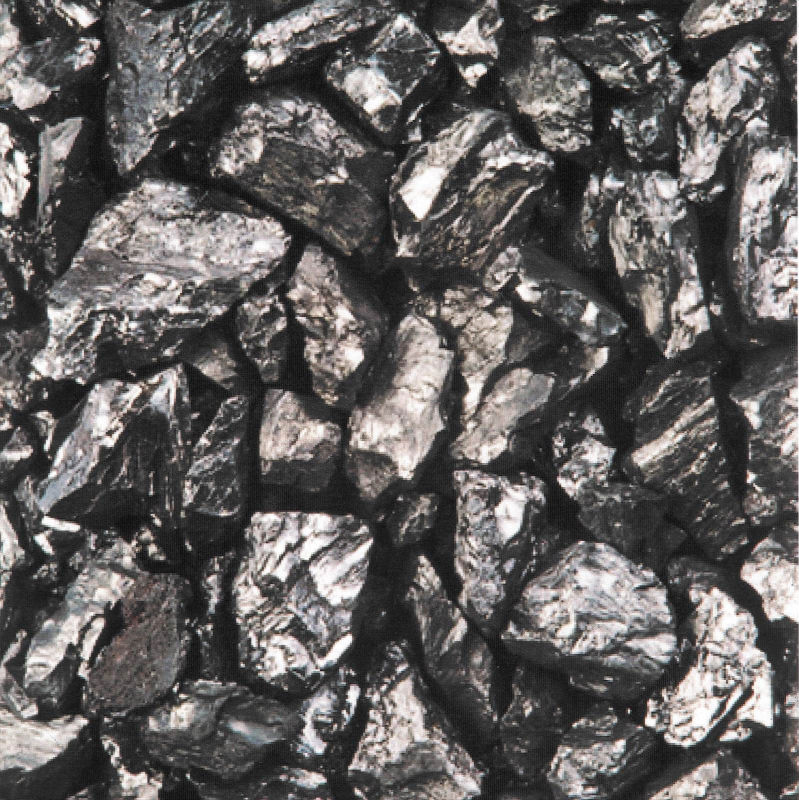
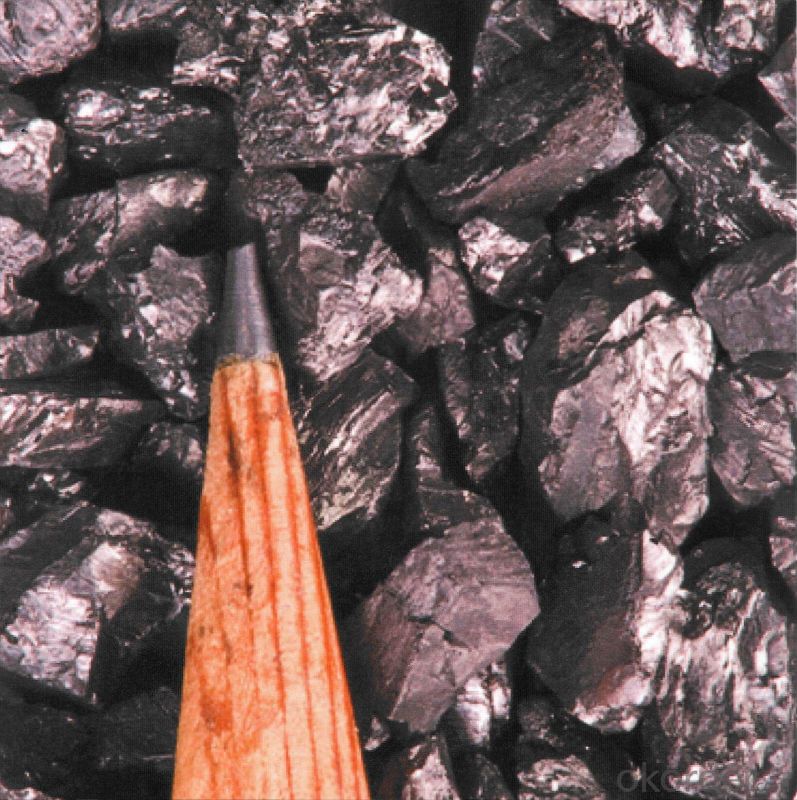
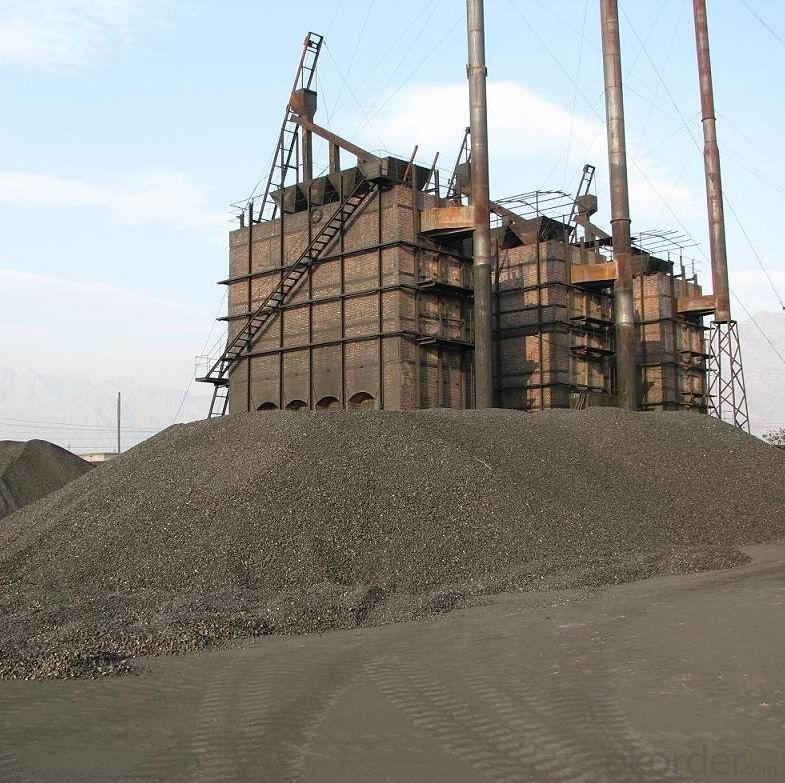
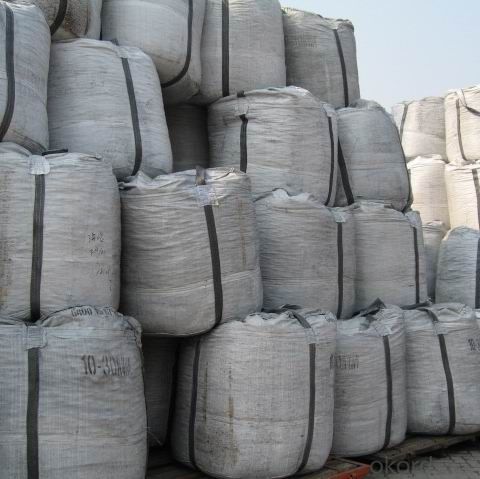
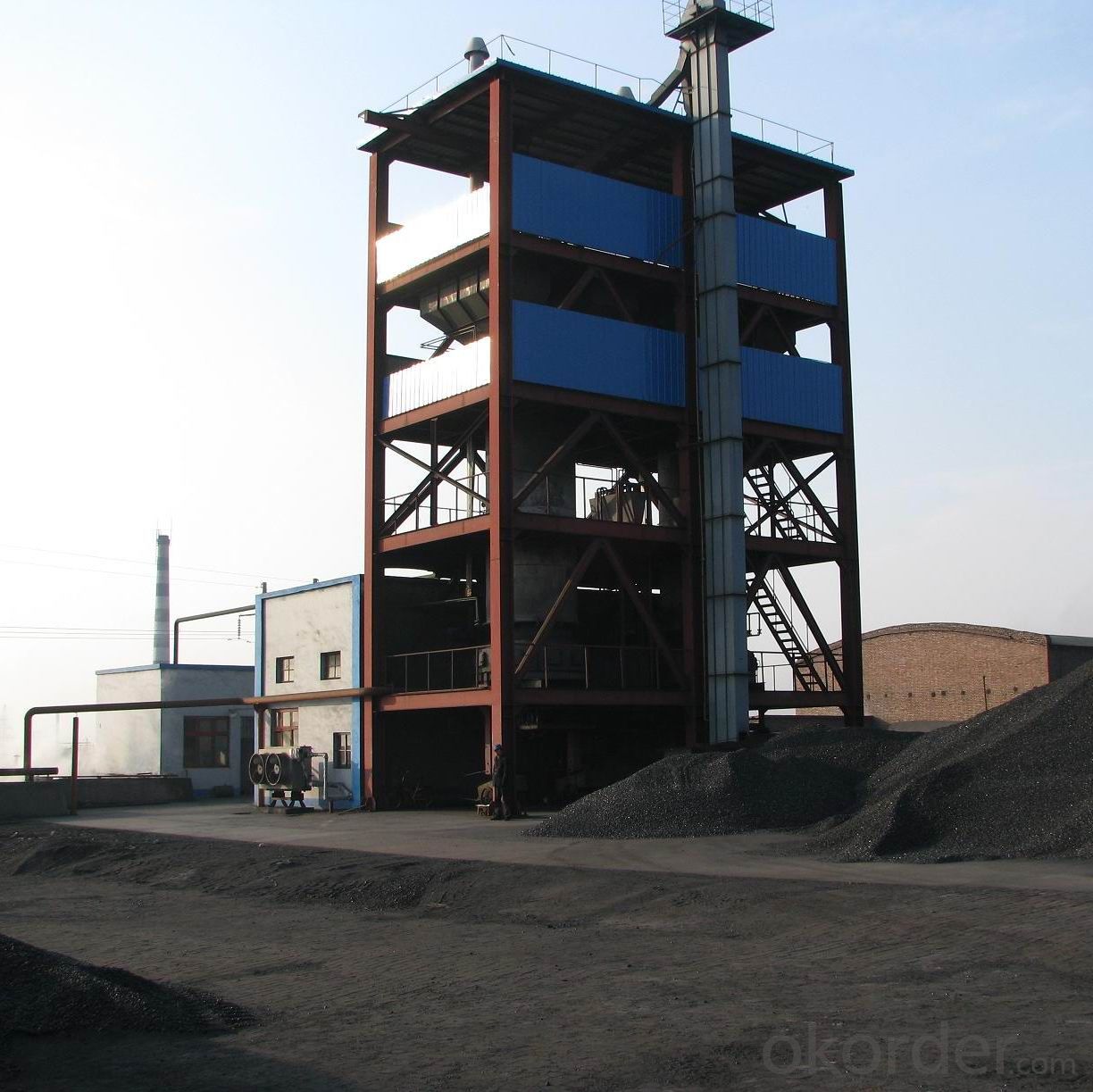
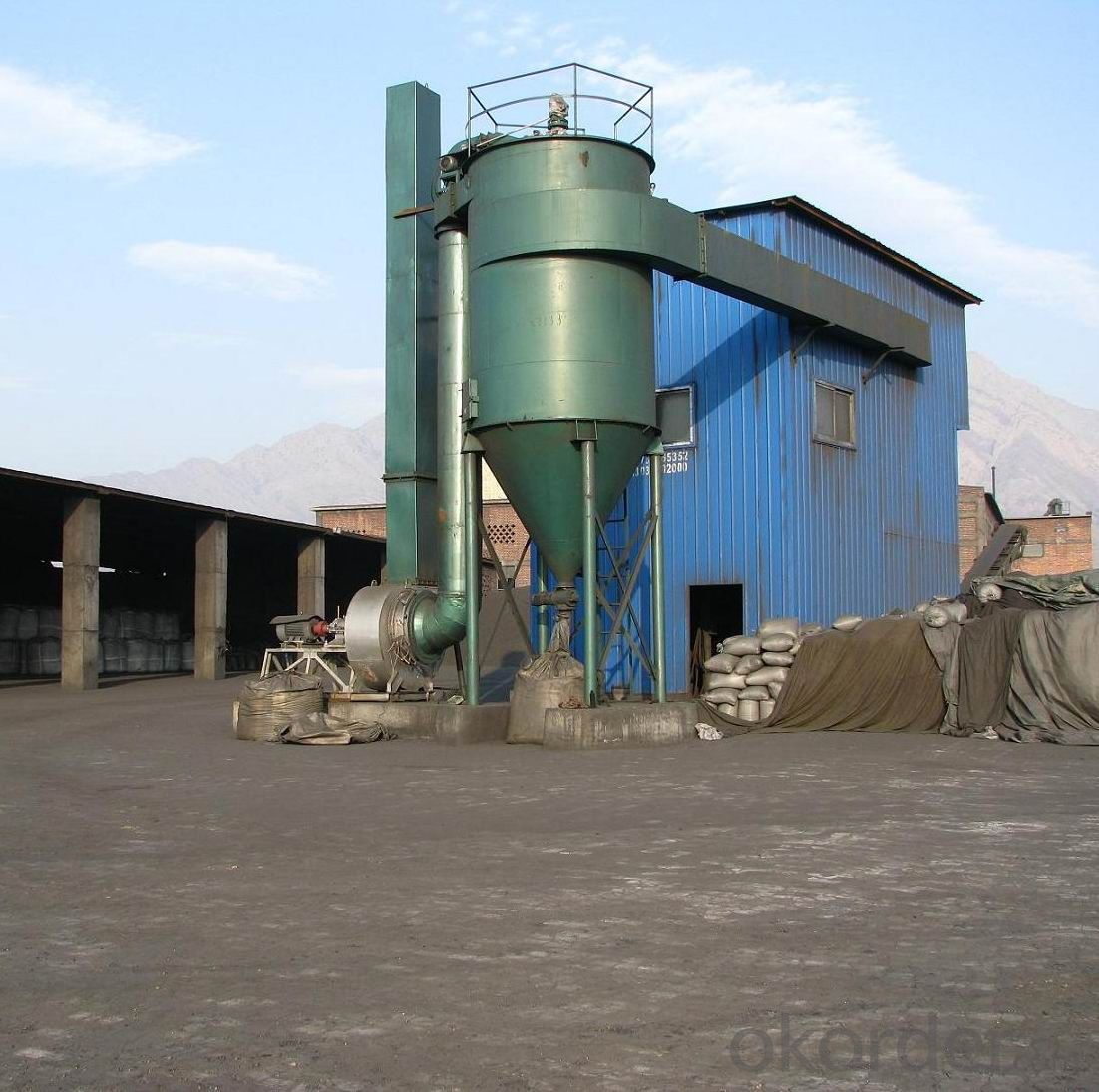
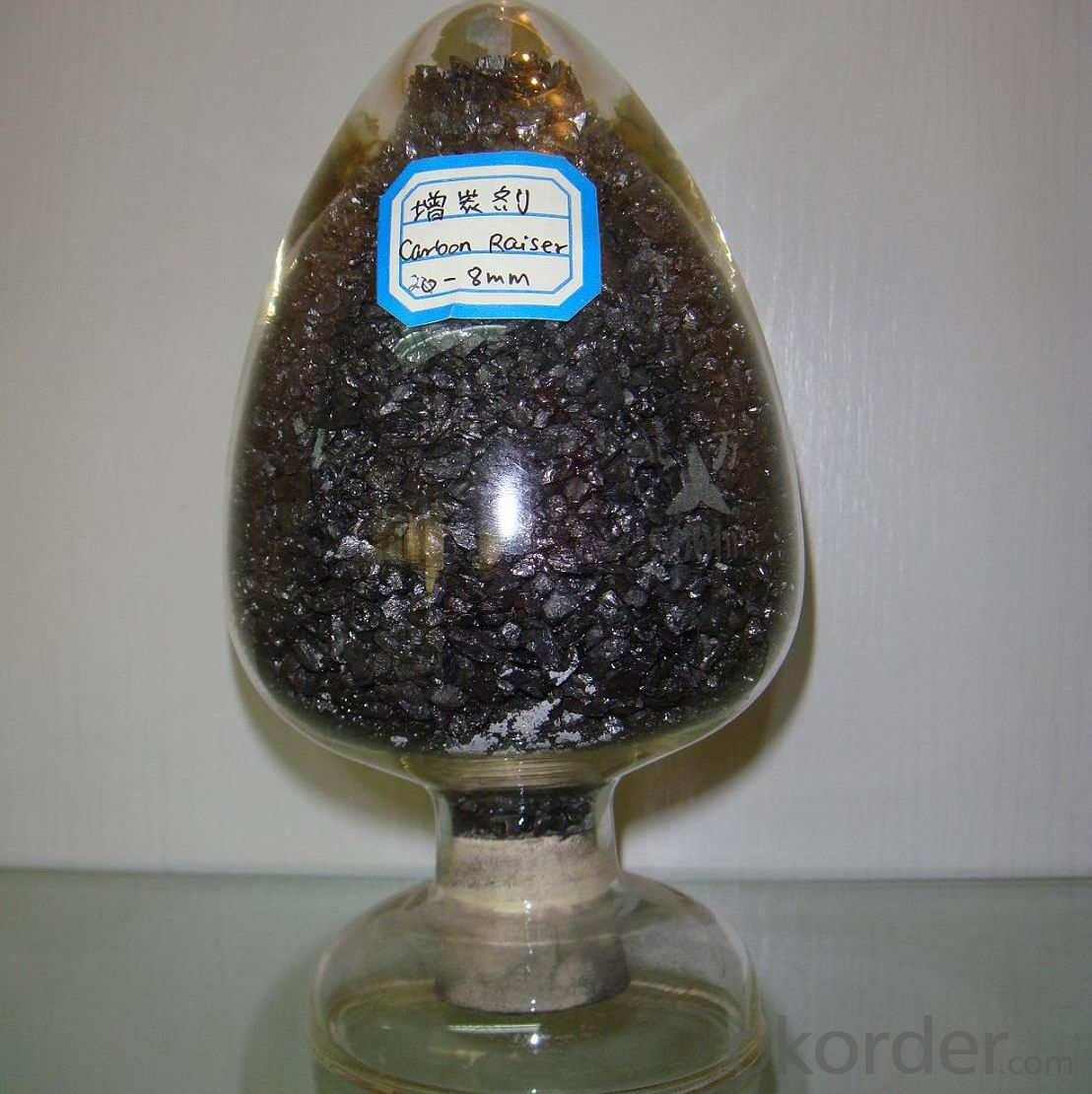
- Q: RT~ I remember our teacher said, but I forgot all of a sudden......Ask for advice!
- Such as esterification can be generated, as well as aldehydes oxidized into ketones, can produce carbonyl
- Q: What are the consequences of increased carbon emissions on urban areas?
- Increased carbon emissions have numerous consequences on urban areas. Firstly, it leads to a rise in air pollution, contributing to respiratory issues and increased health risks for the population. Additionally, carbon emissions contribute to the greenhouse effect, leading to higher temperatures and exacerbating the urban heat island effect, which can result in discomfort, heat-related illnesses, and increased energy demands for cooling. Moreover, increased carbon emissions contribute to climate change, leading to more frequent and intense extreme weather events like storms and heatwaves, which pose significant threats to urban infrastructure, public safety, and economic stability. Overall, the consequences of increased carbon emissions on urban areas are detrimental to both the environment and human well-being.
- Q: How does carbon contribute to the strength of composite materials?
- Carbon contributes to the strength of composite materials through its unique properties and ability to form strong chemical bonds. When carbon is used in the form of carbon fibers or nanoparticles, it provides high tensile strength and stiffness to the composite material. Carbon fibers are exceptionally strong and lightweight, making them ideal for reinforcing composite materials. These fibers are made up of long, thin strands of carbon atoms that are tightly packed and aligned in a specific direction. When embedded in a matrix material, such as epoxy resin, the carbon fibers distribute stress evenly throughout the composite, increasing its overall strength. The strong chemical bonds between carbon atoms also contribute to the strength of composites. Carbon atoms can form covalent bonds, which are very strong and stable. These bonds allow carbon to withstand high levels of stress and deformation without breaking, making it an excellent reinforcement material. Furthermore, carbon's high thermal conductivity allows it to efficiently transfer heat away from the composite material, preventing overheating and potential damage. This property is particularly important in applications where temperature fluctuations or high heat dissipation are involved, such as aerospace or automotive industries. Overall, carbon's unique properties, including its high tensile strength, stiffness, strong chemical bonds, and thermal conductivity, make it an essential component in enhancing the strength and performance of composite materials.
- Q: How is carbon used in the agricultural industry?
- Various purposes in the agricultural industry make carbon widely used. One of its main uses in agriculture is as a soil amendment. The addition of carbon-rich organic matter, like compost or manure, improves soil structure, fertility, and overall health. This occurs because carbon increases the soil's capacity to retain moisture, nutrients, and beneficial microorganisms, all of which are vital for plant growth. In addition to soil amendment, carbon is also utilized in the form of carbon dioxide (CO2) for greenhouse enrichment. In controlled environments such as greenhouses, plants require higher concentrations of CO2 to enhance growth and productivity. Carbon dioxide is introduced into the greenhouse to maintain optimal levels, facilitating photosynthesis and accelerating plant growth. Furthermore, carbon-based fertilizers are commonly employed in agriculture. Fertilizers like urea or ammonium nitrate provide essential nutrients to crops and enhance productivity. Carbon serves as a crucial component in these fertilizers, aiding in the controlled release and effective uptake of nutrients by plants. Moreover, carbon is employed in the production of pesticides and herbicides. Many of these agricultural chemicals contain carbon compounds specifically designed to target and control pests, diseases, and weeds that can harm crops. Carbon-based chemicals are preferred due to their effectiveness and ability to naturally break down without causing long-term harm to the environment. In summary, carbon plays a vital role in the agricultural industry by enhancing soil fertility, promoting plant growth, and aiding in pest control. Its versatility makes it an indispensable resource for sustainable and efficient farming practices.
- Q: How is carbon used in the production of paints and coatings?
- Carbon is commonly used in the production of paints and coatings as a pigment or filler. It can be derived from various sources, such as carbon black or activated carbon, and is added to paint formulations to provide color, opacity, and UV resistance. Additionally, carbon-based materials can be used as additives to enhance the durability, adhesion, and corrosion resistance of coatings.
- Q: How does carbon impact the availability of freshwater resources?
- The availability of freshwater resources is impacted by carbon in several interconnected ways. Climate change is one of the primary means through which carbon affects freshwater availability. The burning of fossil fuels and other human activities result in increased levels of carbon dioxide in the atmosphere, which contributes to global warming. This warming, in turn, leads to changes in precipitation patterns, including alterations in rainfall distribution and intensity. The emission of carbon also leads to warmer temperatures, which can cause higher rates of evaporation and more frequent and severe droughts in specific regions. These droughts reduce the amount of water accessible for freshwater resources like rivers, lakes, and reservoirs. Furthermore, the shifting climate can disrupt natural water cycles, impacting the replenishment of groundwater aquifers, which are essential sources of freshwater. Moreover, the quality of freshwater resources is impacted by carbon. The increased carbon emissions reacting with atmospheric moisture result in acid rain, which acidifies freshwater bodies and renders them unsuitable for many aquatic organisms. This disruption to ecosystems can lead to the loss of species that depend on freshwater resources for their survival. Another manner in which carbon affects freshwater availability is through its influence on land use. The conversion of forests and wetlands into agricultural or urban areas releases carbon stored in vegetation and soil. This not only adds to carbon emissions but also diminishes the ability of natural ecosystems to retain and filter water. Forests, for instance, play a crucial role in maintaining the water cycle by absorbing rainfall and gradually releasing it into streams and groundwater. Deforestation disrupts this process and can result in reduced water availability downstream. In conclusion, carbon emissions have a profound impact on the availability of freshwater resources. Through climate change, carbon alters precipitation patterns, resulting in droughts and decreased water availability. It also affects the quality of freshwater through phenomena like acid rain. Moreover, land-use changes driven by carbon emissions can further diminish freshwater availability by disrupting natural water cycles.
- Q: How are carbon nanotubes used in various industries?
- Carbon nanotubes are incredibly versatile materials that have found applications in numerous industries. Their unique properties make them ideal for a wide range of uses. In the electronics industry, carbon nanotubes are used to enhance the performance of electronic devices. They can be used as conductive additives in polymers to improve their electrical conductivity, making them suitable for applications such as flexible displays, touchscreens, and wearable electronics. Additionally, carbon nanotubes can be used as field emitters in flat-panel displays, enabling brighter and more energy-efficient screens. The aerospace and automotive industries also benefit from carbon nanotubes. Due to their exceptional strength and low weight, carbon nanotubes are used to manufacture lightweight and durable composites for aircraft and automobile parts. These composites offer improved fuel efficiency, increased load-bearing capacity, and enhanced resistance to impact and corrosion, making them crucial in the development of next-generation vehicles and aircraft. Another industry where carbon nanotubes have made significant contributions is the energy sector. Carbon nanotubes have been used to develop more efficient and durable batteries and supercapacitors. Their high surface area and excellent electrical conductivity enable faster charging and discharging rates, leading to improved energy storage and longer battery life. Moreover, carbon nanotubes are being explored as catalysts for fuel cells, which could revolutionize the clean energy industry by providing a more sustainable and efficient power source. The medical and healthcare industries also utilize carbon nanotubes in various applications. They are used as drug delivery vehicles, allowing targeted delivery of medications to specific cells or tissues, thereby improving treatment efficacy and reducing side effects. Carbon nanotubes are also being investigated for their potential in medical imaging, as they have unique optical properties that can enhance the sensitivity and resolution of imaging techniques such as MRI and CT scans. Furthermore, carbon nanotubes find applications in the construction industry, where they are used to reinforce concrete and enhance its mechanical properties. By adding carbon nanotubes to concrete, it becomes stronger, more durable, and resistant to cracking and corrosion. This can lead to safer and longer-lasting infrastructure, such as bridges and buildings. In conclusion, carbon nanotubes have revolutionized various industries by offering exceptional properties such as high strength, electrical conductivity, and light weight. From electronics to aerospace, energy to healthcare, and construction to automotive, carbon nanotubes have found applications in a multitude of sectors, enabling the development of innovative and advanced technologies.
- Q: Organic matter is converted from organic carbon. Why is humus represented by carbon instead of converted?
- However, humus is an important part of soil organic matter, is formed by the decomposition of organic matter in the soil, is a black amorphous organic colloid. Humus is organic polymer compound with colloidal acid, high content of nitrogen. The humus must be organic carbon content, and with the soil humus carbon content was positively correlated.Humus is a kind of soil organic matter, while soil organic matter also contains fresh organic matter and partially decomposed organic matter
- Q: What does "carbon neutrality" mean?
- Strictly speaking, "carbon neutrality" means that carbon emissions can be "zero", that is, do not emit any greenhouse gases. To achieve carbon neutrality, renewable energy sources that do not produce carbon can be used to meet all energy needs, or offset carbon emissions from fossil fuels, such as investing in carbon emissions reduction projects and so on. But broadly speaking, "carbon neutrality" is sometimes used to describe efforts to reduce greenhouse gas emissions.
- Q: What is the carbon cycle?
- The movement of carbon dioxide (CO2) between the atmosphere, land, bodies of water, and living organisms comprises the natural process known as the carbon cycle. It serves as a crucial component of Earth's ecosystem, playing a vital role in regulating the planet's climate. The carbon cycle commences with plants absorbing CO2 through photosynthesis. CO2 is taken in from the atmosphere and transformed into organic compounds, such as glucose, used for growth and energy. This process is referred to as carbon fixation. Animals and other consumers acquire carbon by consuming plants or other animals that have already incorporated carbon into their tissues. When plants and animals respire, they release CO2 back into the atmosphere, completing the initial stage of the cycle. Decomposers, including bacteria and fungi, contribute to another pathway in the carbon cycle by decomposing organic matter. During decomposition, carbon is released as CO2 or enters the soil as organic carbon. This stored carbon can later be released into the atmosphere through microbial respiration or erosion. The exchange of carbon between the atmosphere and bodies of water is also involved in the carbon cycle. When CO2 dissolves in water, it forms carbonic acid, leading to ocean acidification. Marine plants, such as algae and phytoplankton, play a critical role in the cycle by photosynthesizing and absorbing CO2 from the water. Geological processes, such as volcanic activity and weathering, additionally release carbon into the atmosphere. Over extended periods, carbon can be stored in the Earth's crust as fossil fuels like coal, oil, and natural gas. The burning of these fossil fuels for energy releases significant amounts of CO2, contributing to the greenhouse effect and climate change. The carbon cycle is an ongoing and intricate process that maintains a delicate balance of carbon in the Earth's atmosphere and ecosystems. However, human activities, particularly the burning of fossil fuels and deforestation, have profoundly disrupted this balance by releasing excessive amounts of CO2 into the atmosphere. This disruption has resulted in global warming and other environmental issues, underscoring the importance of comprehending and mitigating human impacts on this crucial natural process.
Send your message to us
Carbon Additive Coal High Heat Productivity
- Loading Port:
- Tianjin
- Payment Terms:
- TT or LC
- Min Order Qty:
- 20 m.t.
- Supply Capability:
- 10000 m.t./month
OKorder Service Pledge
OKorder Financial Service
Similar products
Hot products
Hot Searches
Related keywords
